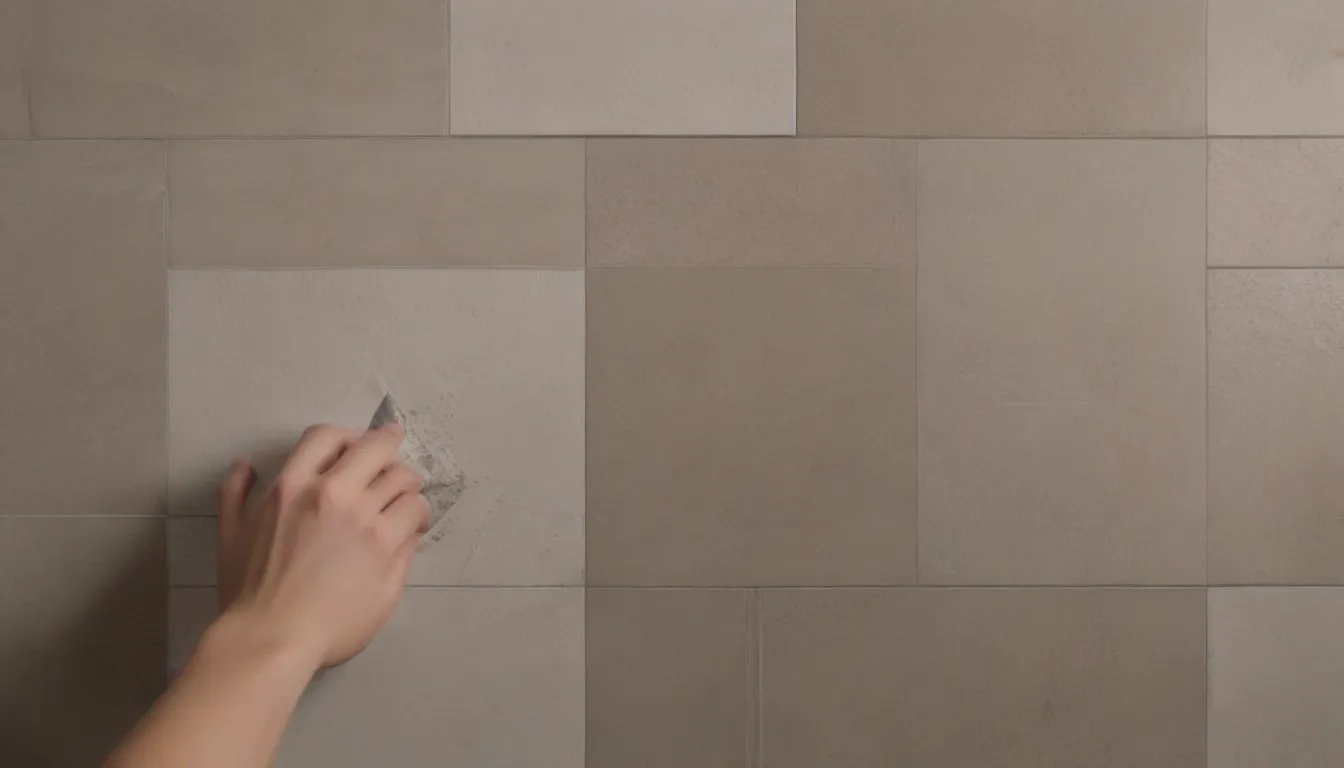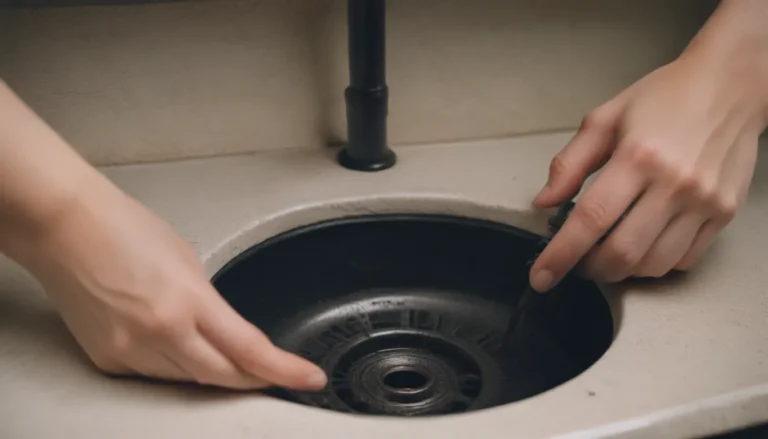Sanded vs. Unsanded Tile Grout: Making the Best Choice for Your Project

When it comes to choosing grout for your tiling project, you are faced with the decision of sanded vs. unsanded grout. While both types have their uses, selecting the right one can enhance the overall appearance and longevity of your tile installation. In this comprehensive guide, we will delve into the basics of sanded and unsanded grout, discussing their pros and cons, applications, cost considerations, and more to help you make an informed decision for your next project.
Sanded Grout
Sanded grout is a Portland cement-based grout that contains silica sand, inorganic aggregates, and chemicals. Here are the key characteristics and considerations of sanded grout:
- Lower cost compared to unsanded grout
- Ideal for wider grout lines
- More color choices available
- Can scratch surfaces
- Not suitable for thin seams
- Requires sealing to prevent water infiltration
Sanded grout is the go-to choice for most tiling applications where wider grout lines are necessary. The sand particles in sanded grout interlock to form a sturdy joint, making it a durable option for flooring and walls. Additionally, sanded grout is more cost-effective than unsanded grout, as sand is a cheaper filler compared to the polymers used in unsanded grout. However, due to its porous nature, sanded grout needs to be sealed to protect the tile installation from moisture damage.
Unsanded Grout
On the other hand, unsanded grout, also known as non-sanded grout, is preferred for projects with very thin grout lines. Here are the main features of unsanded grout:
- Best for vertical surfaces
- Preserves sensitive tile surfaces
- No grout sealing required
- More expensive than sanded grout
- Limited color choices available
- May slump in wide seams
Unsanded grout is easier to work with on vertical surfaces such as shower walls and is compatible with scratchable tile surfaces like ceramic, glass, metal, marble, and natural stone. Unlike sanded grout, unsanded grout does not contain silica aggregate filler, making it a suitable choice for delicate tiles that require extra care during installation.
Applications of Sanded and Unsanded Grout
While both sanded and unsanded grout can be used for general tiling purposes, each type has its unique advantages in specific applications:
- Sanded Grout: Ideal for flooring and walls, widely available, reduces grout shrinkage, and offers a wide range of mixed color choices.
- Unsanded Grout: Best for vertical surfaces like bathroom walls, sticks better to vertical surfaces, less prone to slumping compared to sanded grout, and may not require sealing due to low porosity.
Grout Width Considerations
Choosing the right grout width is essential to ensure the stability and longevity of your tile installation. Here are some guidelines for selecting the appropriate grout width based on the type of grout:
- Sanded Grout: Suitable for grout lines ranging from 1/8-inch to 1/2-inch.
- Unsanded Grout: Recommended for grout lines as narrow as 1/8-inch and down to 1/16-inch.
For thin grout lines, unsanded grout is the preferred choice as it can compact properly without slumping or cracking. On the other hand, sanded grout is better suited for wider grout lines to provide a durable and stable joint.
Tile Surface Recommendations
Consider the type of tile surface when selecting between sanded and unsanded grout to prevent damage and ensure a successful installation:
- Sanded Grout: Suitable for tile surfaces that are not prone to scratching, cost-effective option for DIY projects.
- Unsanded Grout: Recommended for delicate tile surfaces such as natural stone, glass, and certain porcelains and ceramics that may be easily scratched by sanded grout.
Choosing the right grout type based on the tile surface can prevent potential damage and ensure the longevity of your tile installation.
Cost Considerations
Cost is a significant factor to consider when deciding between sanded and unsanded grout:
- Sanded Grout: Cost-effective option due to cheaper sand filler, easy to clean but may collect grime and dirt.
- Unsanded Grout: More expensive than sanded grout due to the addition of polymers, ideal for sensitive tile surfaces that require extra care during installation.
When cost is a critical factor, sanded grout may be the preferred choice; however, for delicate tile surfaces or narrow grout lines, unsanded grout is the recommended option.
In conclusion, understanding the differences between sanded and unsanded grout is essential for making an informed decision for your tiling project. By considering factors such as application, grout width, tile surface, and cost, you can choose the right grout type to ensure a successful and long-lasting tile installation. Whether you opt for sanded grout for durability or unsanded grout for delicate surfaces, selecting the appropriate grout type will enhance the aesthetic appeal and functionality of your tiled space.





